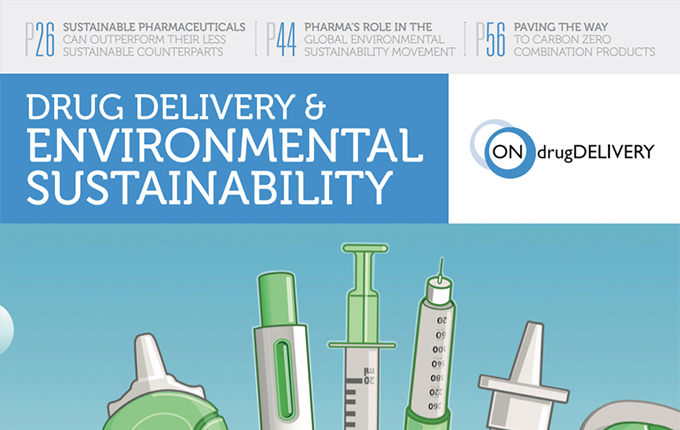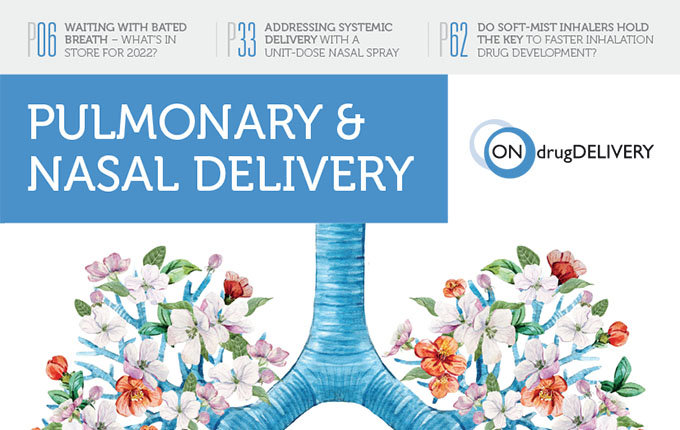This article looks at what a transition to propellants with lower Global Warming Potential will involve and the lessons that can be learned from the industry’s earlier transition from CFCs to HFAs. Key issues that need to be addressed as formulators learn to work with propellants such as HFA 152a and HFO 1234ze include solubility of the active, the profile of the emitted spray, droplet size and evaporation, and electrostatic characteristics.
Aptar Pharma offers a comprehensive suite of services for those looking to accelerate their transition to low carbon MDIs including the Nanopharm SmartTrack™ platform which provides a wealth of information for formulation optimization.
Learn more about Aptar Pharma Expertise
in Pulmonary Drug Delivery
This Might Also Be of Interest
Using Bioequivalence and Particle Size Distribution to Develop OINDPs
Publications, Pharmaceutical, Product Solutions, Innovation & Insights, Drug Delivery Innovations

Reusable systems and recyclable packaging aid pharma sustainability
Publications, Pharmaceutical, Drug Delivery Innovations, Brand Differentiation, Market Insights, Product Solutions, Sustainability, Innovation & Insights

Case Study – Aptar Pharma’s Metering Valve in pMDIs
Case Studies, Pharmaceutical, Innovation & Insights, Market Insights, Product Solutions
Confirming bioequivalence for a generic tiotropium dry powder inhalers
Publications, Pharmaceutical, Innovation & Insights, Drug Delivery Innovations, Product Solutions

